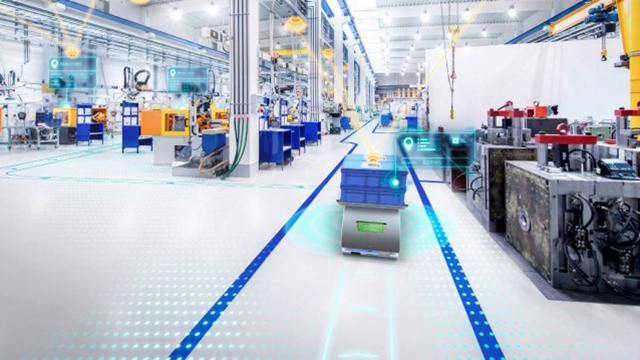
Engineering and Automation: Shaping the Future of Innovation
Introduction:
In the dynamic landscape of technological advancements, engineering and automation have emerged as pivotal forces, reshaping industries and revolutionizing the way we live and work. The synergy between these two domains has given rise to unprecedented opportunities and challenges, propelling us towards a future where efficiency, precision, and sustainability take center stage.
I. The Evolution of Engineering:
Engineering, as a discipline, has undergone a profound transformation over the years. From the early days of trial and error to the systematic approach of today, engineers have continually pushed the boundaries of innovation. The advent of computer-aided design (CAD) and simulation tools has allowed engineers to model and test their ideas virtually, significantly reducing the time and resources required for prototyping.
II. The Rise of Automation:
Automation, on the other hand, represents the integration of technology to perform tasks without human intervention. The roots of automation can be traced back to the Industrial Revolution, but recent advancements in robotics, artificial intelligence (AI), and machine learning have propelled automation into new frontiers. Industries such as manufacturing, healthcare, agriculture, and transportation are witnessing a paradigm shift as automation becomes more sophisticated and pervasive.
III. Engineering and Automation Synergy:
The intersection of engineering and automation has given rise to a new era of possibilities. Smart manufacturing, for instance, leverages automation technologies to optimize production processes, reduce downtime, and enhance product quality. Engineers are now incorporating sensors, actuators, and advanced control systems into machinery, creating interconnected systems that communicate and adapt in real-time.
IV. Advancements in Robotics:
Robotics, a key component of automation, has evolved from simple repetitive tasks to complex and intelligent systems. Collaborative robots, or cobots, work alongside human operators, increasing efficiency and safety. In industries like logistics and warehousing, autonomous robots are streamlining operations, improving accuracy, and reducing manual labor.
V. Artificial Intelligence in Engineering:
Artificial intelligence is playing a transformative role in engineering, offering solutions to complex problems and enabling predictive analytics. Machine learning algorithms analyze vast datasets to identify patterns and make informed decisions. In civil engineering, for example, AI is used to predict structural failures and optimize building designs for energy efficiency.
VI. Challenges and Opportunities:
While the integration of engineering and automation brings forth numerous opportunities, it also poses challenges. The fear of job displacement due to automation is a concern that society must address. Additionally, ethical considerations surrounding AI and autonomous systems require careful navigation to ensure responsible development and deployment.
VII. Sustainable Engineering and Automation:
One of the key imperatives for the future is the integration of sustainability into engineering and automation practices. Innovations such as green technologies, energy-efficient processes, and eco-friendly materials are vital for creating a more sustainable future. Automation, when coupled with environmentally conscious engineering, can significantly reduce carbon footprints and resource consumption.
VIII. Education and Skill Development:
As the landscape of engineering and automation evolves, there is a growing demand for a skilled workforce. Educational institutions and training programs must adapt to equip individuals with the knowledge and skills required to thrive in this technologically advanced environment. Lifelong learning and a focus on interdisciplinary education are essential for staying abreast of rapid developments.
Conclusion:
In conclusion, the marriage of engineering and automation is propelling us towards a future defined by efficiency, innovation, and sustainability. The transformative power of these disciplines is evident across various industries, promising a world where technology enhances human capabilities rather than replacing them. As we navigate this era of rapid change, embracing the potential of engineering and automation will be crucial for shaping a brighter and more technologically advanced future.



